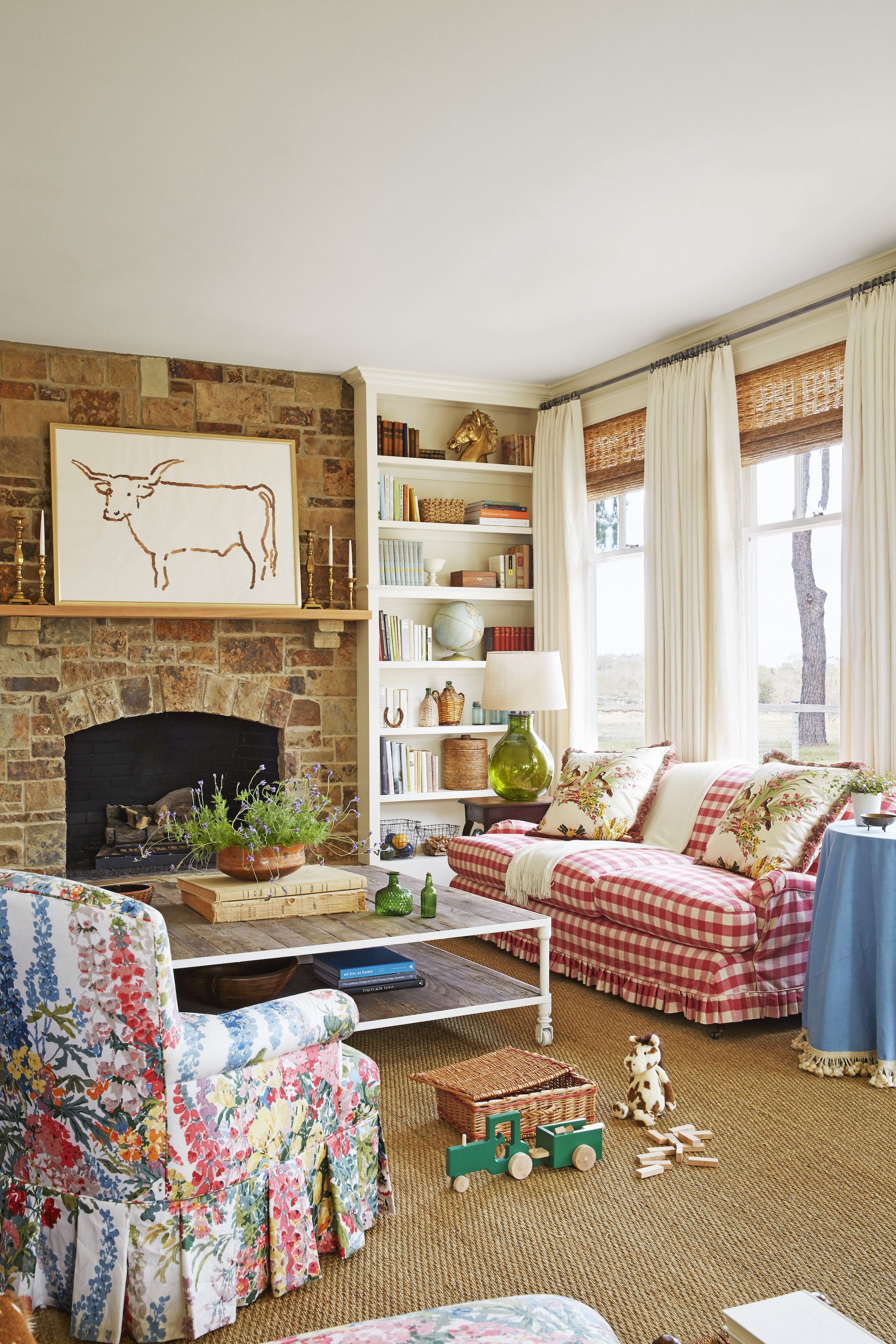www.scientificamerican.com
March 27, 20255 min readUrban Wildfire Smoke Sensors Miss Some Harmful ChemicalsAs fires burned in Los Angeles this year, newer toxin monitors found contaminants that arent measured by standard methods. Now scientists and officials are pushing for better detectionBy Katharine Gammon & KFF Health News edited by Josh FischmanSmoke from this year's Los Angeles fires contained hazardous chemicals. Josh Edelson/AFP via Getty ImagesWhen the catastrophic Los Angeles fires broke out in January of 2025, John Volckens suspected firefighters and residents were breathing toxic air from the burning homes, buildings, and cars, but it was unclear how much risk the public faced. So, the professor of environmental health at Colorado State University devised a plan to get answers.Volckens shipped 10 air pollution detectors to Los Angeles to measure the amounts of heavy metals, benzene, and other chemicals released by the flames, which burned more than 16,000 homes, businesses, and other structures, making it one of the countrys costliest natural disasters.These disaster events keep happening. They release pollution into the environment and to the surrounding community, said Volckens, who shared his results with local air regulators. We have this kind of traumatic experience, and then were left with: Well, what did we just breathe in?On supporting science journalismIf you're enjoying this article, consider supporting our award-winning journalism by subscribing. By purchasing a subscription you are helping to ensure the future of impactful stories about the discoveries and ideas shaping our world today.Scientists and public health officials have long tracked the pollutants that cause smog, acid rain, and other environmental health hazards and shared them with the public through the local Air Quality Index. But the monitoring system misses hundreds of harmful chemicals released in urban fires, and the Los Angeles fires have led to a renewed push for state and federal regulators to do more as climate change drives up the frequency of these natural disasters.Its questionable whether the Trump administration will act, however. Earlier this month, Environmental Protection Agency Administrator Lee Zeldin announced what he described as the biggest deregulatory action in history, which critics warn will lead to a rollback of environmental health regulations.While Air Quality Index values are a good starting place for knowing whats in the air, they dont provide a full picture of pollutants, especially during disasters, said Yifang Zhu, a professor of environmental health sciences at UCLA. In fact, the AQI could be in a healthy range, but you could still be exposed to higher air toxins from the fires, she added.Heavy smoke from the Eaton fire in Los Angeles.Josh EdelsonAFP via Getty ImagesIn February, nearly a dozen lawmakers from California called on the EPA to create a task force of local and federal authorities to better monitor whats in the air and inform the public. Locals are unsure of the actual risks they face and confused by conflicting reports about how safe it is to breathe the air outside, which may lead to families not taking adequate protective measures, the lawmakers wrote in a letter to James Payne, who was then the acting EPA administrator. The EPA press office declined to comment in an e-mail to KFF Health News.Lawmakers have also introduced bills in Congress and in the California legislature to address the gap. A measure by U.S. Rep. Mike Thompson (D-Calif.) and U.S. Sen. Jeff Merkley (D-Ore.) would direct the EPA to allocate grant money to local air pollution agencies to communicate the risks of wildfire smoke, including deploying air monitors. Meanwhile, a bill by Democratic state Assembly member Lisa Calderon would create a Wildfire Smoke Research and Education Fund to study the health impacts of wildfire smoke, especially on firefighters and residents affected by fires.The South Coast Air Quality Management District, a regional air pollution control agency, operates about 35 air monitoring stations across nearly 11,000 square miles of the Los Angeles region to measure pollutants like ozone and carbon monoxide.During the fires, the agency, which is responsible for the air quality of 16.8 million residents, relied on its network of stations to monitor five common pollutants, including PM2.5, the fine particles that make up smoke and can travel deep inside the body. After the fires, the South Coast AQMD deployed two mobile monitoring vans to assess air quality in cleanup areas and expanded neighborhood-level monitoring during debris removal, said Jason Low, head of the agencys monitoring and analysis division.Local officials also received the data collected by Volckens devices, which arrived on-site four days after the fires broke out. The monitors about the size of a television remote control and housed in a plastic cover the size of a bread loaf were placed at air monitoring stations around the fires perimeters, as well as at other sites, including in West Los Angeles and Santa Clarita. The devices, called AirPens, monitored dozens of air contaminants in real time and collected precise chemical measurements of smoke composition.Researchers replaced the sensors every week, sending the filters to a lab that analyzed them for measurements of volatile organic compounds like benzene, lead, and black carbon, along with other carcinogens. Volckens devices provided public health officials with data for a month as cleanup started. The hope is that the information provided can help guide future health policies in fire-prone areas.Theres not one device that can measure everything in real time, Low said. So, we have to rely on different tools for each different type of purpose of monitoring.ASCENT, a national monitoring network funded by the National Science Foundation, registered big changes after the fires. One monitor, about 11 miles south of the Eaton fire in the foothills of the San Gabriel Mountains, detected 40 times the normal amount of chlorine in the air and 110 times the typical amount of lead in the days following the fires. It was clear the chemical spikes came from urban wildfire smoke, which is more dangerous than what would be emitted when trees and bushes burn in rural areas, said Richard Flagan, the co-principal investigator at the networks site in Los Angeles.Ultimately, the purpose is to get the data out there in real time, both for the public to see but also for people who are doing other aspects of research, said Flagan, adding that chemical measurements are critical for epidemiologists who are developing health statistics or doing long-term studies of the impact of air pollution on peoples health.Small, low-cost sensors could fill in gaps as government networks age or fail to adequately capture the full picture of whats in the air. Such sensors can identify pollution hot spots and improve wildfire smoke warnings, according to a March 2024 U.S. Government Accountability Office report.Although the devices have become smaller and more accurate in the past decade, some pollutants require analysis with X-ray scans and other costly high-level equipment, said J. Alfredo Gmez, director of the Natural Resources and Environment team at the GAO. And Gmez cautioned that the quality of the data can vary depending on what the devices monitor.Low-cost sensors do a good job of measuring PM2.5 but not such a good job for some of these other air toxins, where they still need to do more work, Gmez said.UCLAs Zhu said the emerging technology of portable pollution monitors means residents not just government and scientists might be able to install equipment in their backyards and broaden the picture of whats happening in the air at the most local level.If the fires are predicted to be worse in the future, it might be a worthwhile investment to have some ability to capture specific types of pollutants that are not routinely measured by government stations, Zhu said.KFF Health News, formerly known as Kaiser Health News (KHN), is a national newsroom that produces in-depth journalism about health issues and is one of the core operating programs at KFF the independent source for health policy research, polling, and journalism.












